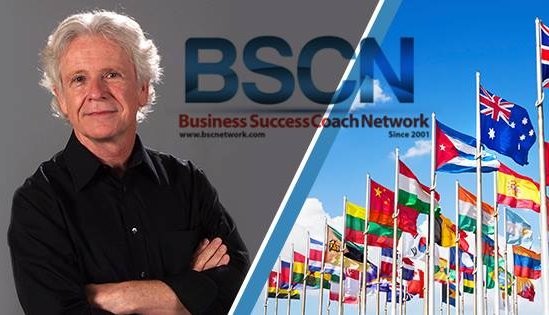
Don't replace: ReNew.
"No institution can possibly survive if it needs geniuses or supermen to manage it. It must be organized in such a way as to be able to get along under a leadership composed of average human beings." - Peter Drucker
During tough times, many organizations attempt to get things moving again by simply replacing what isn't working. It's a failed approach that rarely results in the expected results. Here's why -
Generally, most organizations' approaches to management can be divided into 2 camps:
- the ones who consistently and strategically invest in their existing resources
- the others who are more likely to abandon the existing ones when they come across a new, more attractive, model.
Unfortunately, those in the first group are in the minority.
To those in the latter group, the "new" promises to provide answers and fix existing problems. These organizations will readily discard the "old" in an attempt to get the operation moving ahead quickly. But, regardless of what's being replaced - tools, systems, or personnel - in most cases they're making exactly the wrong decision.
How did this evolve? Largely from the impact of advertising. It's almost human nature to believe that newer means better.
But when you're in charge of an organization's direction, it's important to have a more balanced - more enlightened - approach.
Unfortunately many leaders just aren't emotionally mature enough to balance the pros and cons appropriately. To them, as a rule, "the new is always better than the existing."
When it comes to key tools and systems, it can take a great deal of energy for a company to pull off a successful changeover. This is challenging even when the company has a full headcount, and each of those affected has the requisite time and clarity to get the job done properly.
But if too many of the key players are already working at a pace at or near the breaking point; the chances of a successful execution are much slimmer. The organization loses momentum and important work can be stalled. Important stuff gets done poorly. Deadlines are missed, tempers flare. Sometimes people are fired by frustrated managers above them.
When it comes to replacing those managers, the impact can be equally poor because of unrealistic expectations...
- The new guy will fix it!
- Or - she'll know how to get us back on track!
For a while everyone will be enamored with her or him. (S)he's the new shiny penny - much better than the old, tarnished one.
But history shows that executive changes alone rarely make much difference over the long run: once the new person has run through their bag of tricks, things aren't usually a great deal better. That's because just changing the lead sleigh dog doesn't address one of the key rules of management - invest in your people.
Strategically, making a long-term investment in people requires 4 key elements:
1. An HR Policy - I'm amazed at how few organizations have an easily enunciated HR Policy that is aligned with the company's strategic plans. Without one, new hires have less of a chance of succeeding. And, often the wrong people are hired.
2. Compensation Plans - Successful companies have strategic goals regarding their comp plans. Others simply pay what the market demands (a very tactical approach that often leaves them behind the 8 ball when it comes to attracting and retaining the best candidates).
3. Action Programs - The best organizations really do know who is doing a good job and also who is in the bottom 10%. They have programs to build on greatness and others to help those who are failing.
Most don't. They usually focus time and attention on the hero of the moment while other players who could be helped to success - fall behind and are wasted.
4. ROI Mentality - investments in people can, and should be, tracked. No less than any system or capital expense, people can improve the company's financial, as well as its psychic success.
Although it's improving in some areas, most HR bosses unfortunately still operate like old fashioned "personnel managers". Many have little understanding, or interest, in such things as financial profit models.
Department heads, HR bosses and corporate leaders all need to increase their investments in the next generation of leaders. Otherwise they will be stuck in a cycle of failure interrupted temporarily with an occasional win caused by the shiny new penny recently hired.
Ultimately, such organizations - and the individuals leading them - will witness their own value erode and diminish until ultimately they're all 'circling the drain', unable to compete successfully.
Here's to a better future....
QSR/Supply Chain/Logistics/Adjunct Professor
8yA great book to read similar to many of these topics is called: The Goal by Eliyahu M. Goldratt. If you have not read it, I think you will enjoy it!
DIRECTOR (L&D) , TRAINING AND MANAGEMENT CONSULTANTS. (
8yDear Mr McKee, great post. Instead of 'Renew' can it be 'Reinvent'? Florence MacDonald